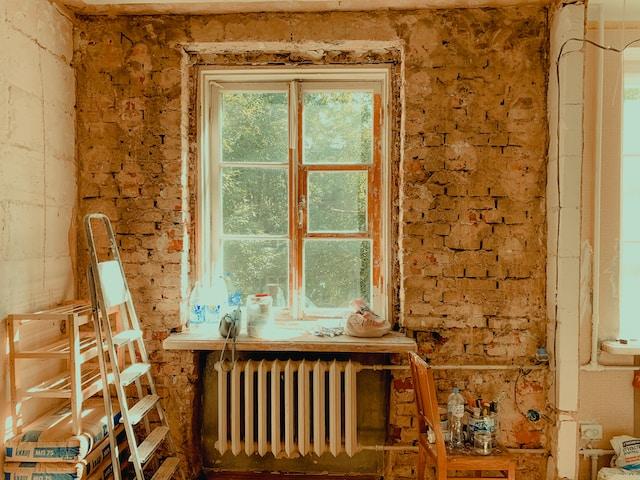4 Things To Look Out For When Renovating Old Houses
Renovating old houses can be a thrilling and rewarding project. It offers the opportunity to transform a piece of history into a comfortable, modern home. However, this endeavor comes with its unique set of challenges and complexities. To ensure your renovation goes smoothly, and your investment is well-spent, here are four critical things to look out for when taking on the task of revitalizing an old home.
-
Structural Integrity Assessment
Renovating an old house is like peeling back the layers of time. However, before you can start making aesthetic improvements, you need to ensure the structure is sound. This begins with a comprehensive structural integrity assessment conducted by a qualified engineer. They will meticulously examine the foundation, walls, and roof to identify any issues that could jeopardize your renovation. Cracks in the foundation, termite damage, or compromised load-bearing walls can be common problems in older homes. Once identified, you can prioritize necessary repairs in your renovation plan.
-
Pipe Relining Considerations
Outdated plumbing systems can be a major headache in old houses. One solution gaining popularity in renovations is pipe relining. This process involves inserting a resin-coated liner into existing pipes, effectively creating a new, durable inner surface. The benefits are clear: it can save you from the expense and disruption of completely replacing old pipes.
However, pipe relining is not a one-size-fits-all solution. The decision to reline pipes should be made after a thorough assessment by a professional. You will need pipe relining experts who possess a deep understanding of advanced plumbing technologies and techniques, ensuring that your old house's plumbing system is revitalized with precision and efficiency. They will evaluate the condition of your plumbing system, identifying which pipes are suitable for relining and which may need replacement. Factors such as pipe material, diameter, and the extent of damage all play a role in determining the feasibility of pipe relining. By addressing your plumbing needs strategically, you can ensure that your renovated home's water infrastructure is both efficient and reliable.
-
Budgeting and Cost Estimation
Renovating an old house often requires a flexible budget due to unexpected discoveries and preservation efforts. Begin by setting a realistic budget that includes a contingency fund for unforeseen expenses. Account for materials, labor, permits, and potential historic preservation costs. Consult with contractors and experts to obtain accurate estimates for each phase of the renovation. Regularly review and adjust your budget as the project progresses to ensure you stay on track financially.
-
Building Codes and Permits
Older homes are subject to current building codes and regulations, and obtaining the necessary permits is crucial to ensure your renovation meets safety and legal standards. Research local building codes and permit requirements specific to your area and the type of renovation you plan to undertake. Failing to comply with these regulations can lead to costly delays and potential legal issues. Work closely with your local building department to navigate the permitting process smoothly and ensure your renovation project remains on the right side of the law.
Renovating old houses can be a challenging but deeply rewarding endeavor. By carefully considering these four key factors—structural integrity assessment, pipe relining, budgeting and cost estimation, and building codes and permits—you'll be better equipped to tackle the unique challenges of renovating an older home. With careful planning and the right professionals by your side, you can preserve the charm of the past while creating a comfortable and safe living space for the future.

